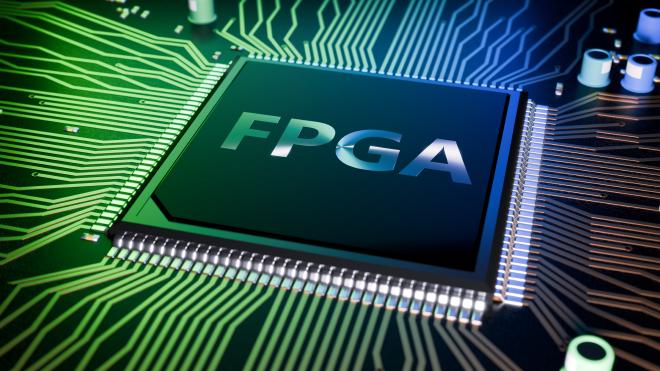FPGA in Modern Embedded System

Table of Contents
The Role of FPGAs in Modern Embedded Systems #
Introduction #
Field-Programmable Gate Arrays (FPGAs) have become indispensable in the world of modern embedded systems. Their ability to combine hardware-level performance with software-like flexibility makes them a powerful tool across industries, from telecommunications to medical devices and autonomous vehicles. But what exactly makes FPGAs so special, and how are they shaping the future of embedded design?
What are FPGAs? #
FPGAs are integrated circuits that can be configured by the end-user after manufacturing. Unlike traditional ASICs (Application-Specific Integrated Circuits), which are hardwired for specific tasks, FPGAs allow designers to reprogram the hardware as needed. This reprogrammability opens the door to rapid prototyping, iterative design, and even real-time updates in deployed systems.
Why Use FPGAs in Embedded Systems? #
1. Performance #
FPGAs provide unparalleled performance by allowing custom hardware acceleration for specific tasks. For example, an FPGA can process data streams in parallel, achieving throughput levels that general-purpose CPUs and GPUs often cannot match.
2. Flexibility #
Their reconfigurable nature means FPGAs can adapt to evolving standards or requirements. In embedded systems, where protocols and use cases can change, this adaptability is crucial.
3. Low Latency #
Unlike processors that rely on software loops, FPGAs execute tasks directly in hardware, resulting in minimal latency. This is critical in applications like real-time signal processing or high-frequency trading.
4. Cost Efficiency in Low-Volume Production #
For applications requiring small to medium-scale production, FPGAs can save costs compared to designing and fabricating custom ASICs.
Applications of FPGAs in Embedded Systems #
1. Telecommunications #
FPGAs are the backbone of modern telecommunications infrastructure. They power base stations, data encryption, and high-speed networking solutions, providing the speed and reliability needed for 5G networks.
2. Medical Devices #
From real-time imaging in ultrasound machines to control systems in surgical robots, FPGAs ensure precision and reliability in life-critical systems.
3. Automotive Systems #
In advanced driver-assistance systems (ADAS) and autonomous vehicles, FPGAs handle sensor fusion, real-time decision-making, and communication between components.
4. IoT and Edge Computing #
FPGAs enable efficient processing in IoT devices and edge computing nodes, ensuring low-power, high-performance operation at the edge.
Challenges in FPGA Design #
1. Learning Curve #
Programming FPGAs requires knowledge of hardware description languages like VHDL or Verilog, as well as familiarity with the design and verification toolchain.
2. Power Consumption #
While FPGAs are more flexible, they often consume more power than ASICs for the same task. This makes careful optimization crucial.
3. Cost for High-Volume Production #
For applications requiring millions of units, the per-unit cost of an FPGA might outweigh its benefits compared to an ASIC.
Tools for FPGA Development #
Popular FPGA vendors such as Xilinx (now AMD) and Intel offer robust development ecosystems:
- Xilinx Vivado: For design and implementation.
- Intel Quartus: Comprehensive toolchain for FPGA development.
- ModelSim/Xcelium: For simulation and verification.
- High-Level Synthesis (HLS): Enables designers to use C-based languages to develop FPGA designs.
The Future of FPGAs in Embedded Systems #
The growing demand for real-time processing, artificial intelligence, and high-speed data communication is driving the adoption of FPGAs in embedded systems. With advancements like Adaptive Compute Acceleration Platforms (ACAPs) and System-on-Chip (SoC) integrations, FPGAs are becoming more powerful, user-friendly, and accessible.
Conclusion #
FPGAs bridge the gap between the performance of hardware and the flexibility of software, making them a cornerstone of modern embedded systems. As industries continue to demand faster, smarter, and more efficient systems, the role of FPGAs will only grow. Whether you’re a designer, a hobbyist, or a tech enthusiast, now is the perfect time to explore the potential of these fascinating devices.
What are your thoughts on the role of FPGAs in embedded systems? Let’s discuss in the comments!